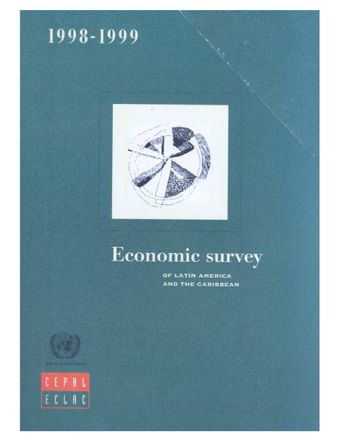Bolivia

- Author: Economic Commission for Latin America and the Caribbean
- Main Title: Economic Survey of Latin America and the Caribbean 1998-1999 , pp 141-148
- Publication Date: December 1999
- DOI: https://doi.org/10.18356/1d754c3b-en
- Language: English
In 1998 the Bolivian economy grew by 4.7% in a context of relative price stability: inflation, at 4.4%, was the lowest since the beginning of the 1970s. On the other hand, for the second year running there was an increase in both the external and the fiscal deficits, which were financed largely by external resources. In keeping with the pattern of recent years, investment stood out as the driving force behind economic growth, and it expanded to 23% of gross domestic product (GDP), thanks especially to private investment from abroad relating to the privatization of State-owned enterprises. The growth of the external deficit was partly due to a drop in prices of Bolivia’s main export products in the wake of the international crisis. Imports also increased significantly, however, especially capital and intermediate goods associated with construction of the gas pipeline between Bolivia and Brazil. The current account deficit, equivalent to 8% of GDP, was mainly financed by very buoyant foreign direct investment, although international reserves also declined slightly.
-
From This Site
/content/books/9789210582964s003-c002dcterms_title,dcterms_subject,pub_keyword-contentType:Journal -contentType:Contributor -contentType:Concept -contentType:Institution105



